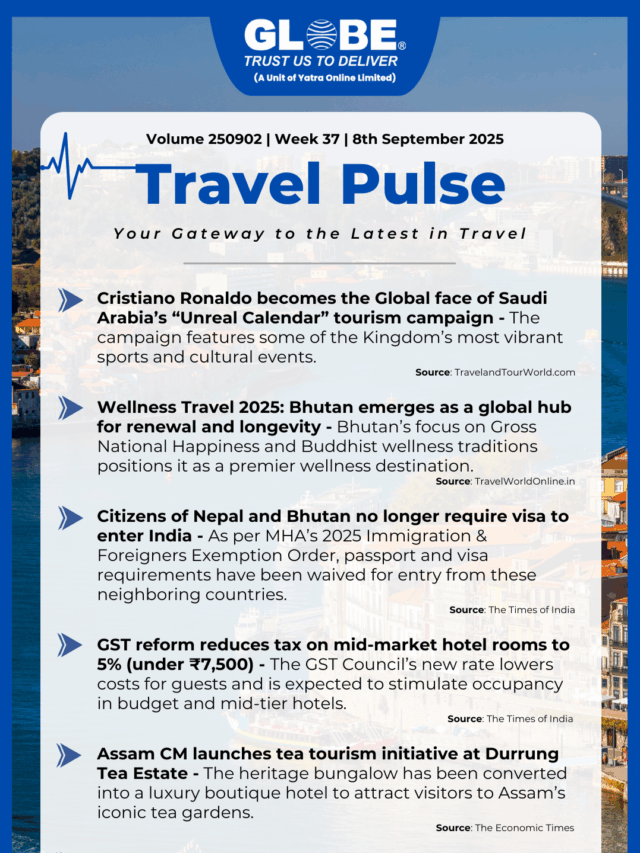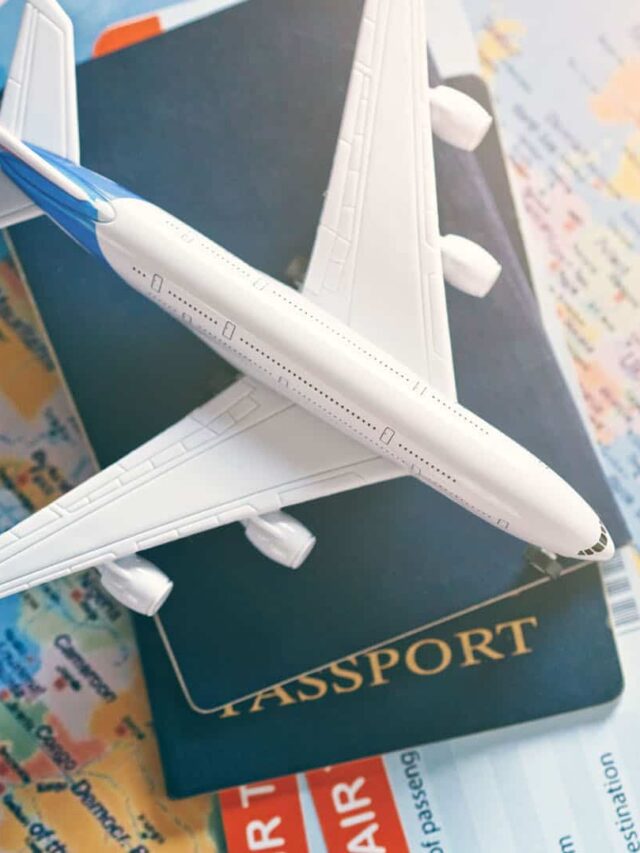Introduction
Food is the heartbeat of Vietnam. From the bustling streets of Hanoi to the floating markets of the Mekong Delta, every corner of the country offers a story told through flavors. Vietnamese cuisine is not only delicious but also reflects the nation’s culture, history, and diversity.
What makes Vietnamese food unique is its balance—sweet, sour, salty, bitter, and umami all come together harmoniously. Fresh herbs, rice, noodles, and fish sauce form the backbone of many dishes, yet every region adds its own twist.
This guide will take you through Vietnam’s must-try dishes, regional specialties, street food culture, desserts, drinks, and dining tips—a complete roadmap for any foodie traveler.
The Philosophy of Vietnamese Cuisine
Before diving into dishes, it’s important to understand the philosophy behind Vietnamese food:
Balance of flavors – Inspired by the concept of yin and yang.
Freshness – Herbs like mint, basil, cilantro, and perilla are used raw.
Rice at the center – From steamed rice to rice noodles and rice paper rolls.
Community dining – Meals are often shared, with many dishes placed in the center of the table.
Eating in Vietnam is more than just fueling the body—it’s about harmony, health, and connection.
Iconic Dishes Every Traveler Must Try
Pho (Vietnamese Noodle Soup)
Vietnam’s national dish.
A fragrant broth (beef or chicken) simmered for hours with star anise, cinnamon, and ginger.
Served with rice noodles, thinly sliced meat, fresh herbs, lime, and chili.
Where to try: Pho Thin in Hanoi for northern style, Pho Hoa in Ho Chi Minh City for southern style.
Banh Mi (Vietnamese Baguette Sandwich)
A French-inspired baguette filled with Vietnamese flavors.
Common fillings: pork, pate, pickled carrots, cucumbers, cilantro, chili, eggs.
Where to try: Banh Mi Phuong in Hoi An (made famous by Anthony Bourdain).
Goi Cuon (Fresh Spring Rolls)
Rice paper rolls stuffed with shrimp, pork, vermicelli, and herbs.
Served with peanut dipping sauce or fish sauce.
A light, refreshing snack perfect for hot days.
Bun Cha (Grilled Pork with Vermicelli)
A Hanoi specialty.
Charcoal-grilled pork served with rice noodles, herbs, and dipping sauce.
Famously enjoyed by Barack Obama and Anthony Bourdain in Hanoi.
Com Tam (Broken Rice)
A southern dish made with broken rice grains.
Served with grilled pork chop, fried egg, pickled vegetables, and fish sauce.
A staple street food in Ho Chi Minh City.
Regional Flavors of Vietnam
Vietnam stretches over 3,000 km from north to south, and each region has its own culinary identity.
Northern Vietnam (Hanoi & Surroundings)
Flavor: Light, delicate, less spicy.
Staples: Freshwater fish, pork, simple broths.
Signature dishes: Pho, Bun Rieu (crab noodle soup), Banh Cuon (steamed rice rolls).
Central Vietnam (Hue, Hoi An, Da Nang)
Flavor: Bold, spicy, colorful.
Influence: Royal Hue cuisine + coastal seafood.
Signature dishes: Bun Bo Hue (spicy beef noodle soup), Mi Quang (turmeric noodles), Cao Lau (Hoi An pork noodles).
Southern Vietnam (Ho Chi Minh City & Mekong Delta)
Flavor: Sweet, rich, and tropical.
Staples: Coconut milk, seafood, fresh fruits.
Signature dishes: Hu Tieu (noodle soup), Com Tam, Banh Xeo (crispy rice pancake).
Traveling through Vietnam is like enjoying three different cuisines in one country.
Vietnamese Street Food Culture
Street food is not just a cheap meal—it’s a way of life.
Vendors set up tiny stools and tables on sidewalks.
Locals gather after work to eat, drink, and socialize.
Some of the best meals cost less than $2.
Must-Try Street Foods:
Banh Xeo – savory crepe filled with shrimp, pork, and bean sprouts.
Oc (Snails & Shellfish) – popular evening snack with dipping sauces.
Che (Sweet Dessert Soup) – made with beans, coconut milk, and jellies.
Nem Lui – grilled pork skewers eaten with rice paper and herbs.
Tip: If a stall is crowded with locals, it’s almost always safe and delicious.
Vietnamese Drinks
Ca Phe Sua Da (Iced Milk Coffee)
Strong drip-brewed coffee with condensed milk and ice.
Vietnam is the world’s second-largest coffee producer.
Egg Coffee (Ca Phe Trung)
A Hanoi specialty.
Whipped egg yolk with sugar and condensed milk on top of rich coffee.
Sugarcane Juice (Nuoc Mia)
Freshly pressed sugarcane with a touch of lime.
Perfect for hot days.
Bia Hoi (Fresh Beer)
Draft beer brewed daily and sold cheaply on street corners.
A cultural experience in itself.
Vietnamese Desserts
Che Ba Mau (Three-Color Dessert)
Layers of beans, jellies, coconut milk, and crushed ice.
Banh Chuoi (Banana Cake)
Sweet banana cake made with rice flour and coconut milk.
Banh Cam
Fried sesame balls with mung bean filling.
Dining Etiquette in Vietnam
Sharing is caring – meals are usually communal.
Chopstick manners – never stick chopsticks upright in rice (symbol of death).
Slurping is okay – it shows enjoyment, especially with noodles.
Finish your food – leaving rice is considered wasteful.
Food Tours and Cooking Classes
Hanoi Old Quarter Food Tour – taste local dishes while walking through narrow alleys.
Hoi An Cooking Class – learn how to make banh xeo and spring rolls.
Mekong Delta Home Cooking – prepare dishes with a local family.
These experiences give you hands-on knowledge of Vietnamese food culture.
Conclusion
Vietnamese cuisine is more than just pho and banh mi—it’s a culinary journey through history, culture, and geography. Every region tells a story on the plate, from the refined royal dishes of Hue to the vibrant street food stalls of Saigon.
If you’re a food lover, Vietnam will be a paradise. Whether sipping egg coffee in Hanoi, slurping Bun Bo Hue in central Vietnam, or enjoying seafood by the Mekong Delta, every bite is an adventure.
So pack your chopsticks (or just your appetite) and get ready to eat your way across Vietnam—the flavors will stay with you long after your trip ends.





